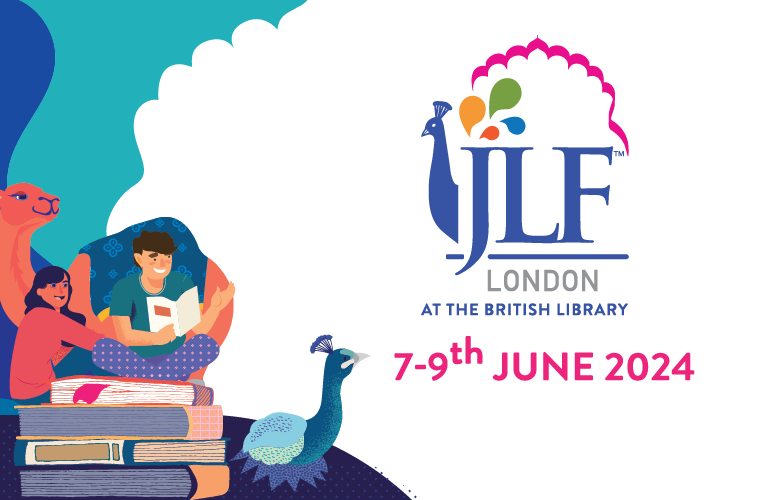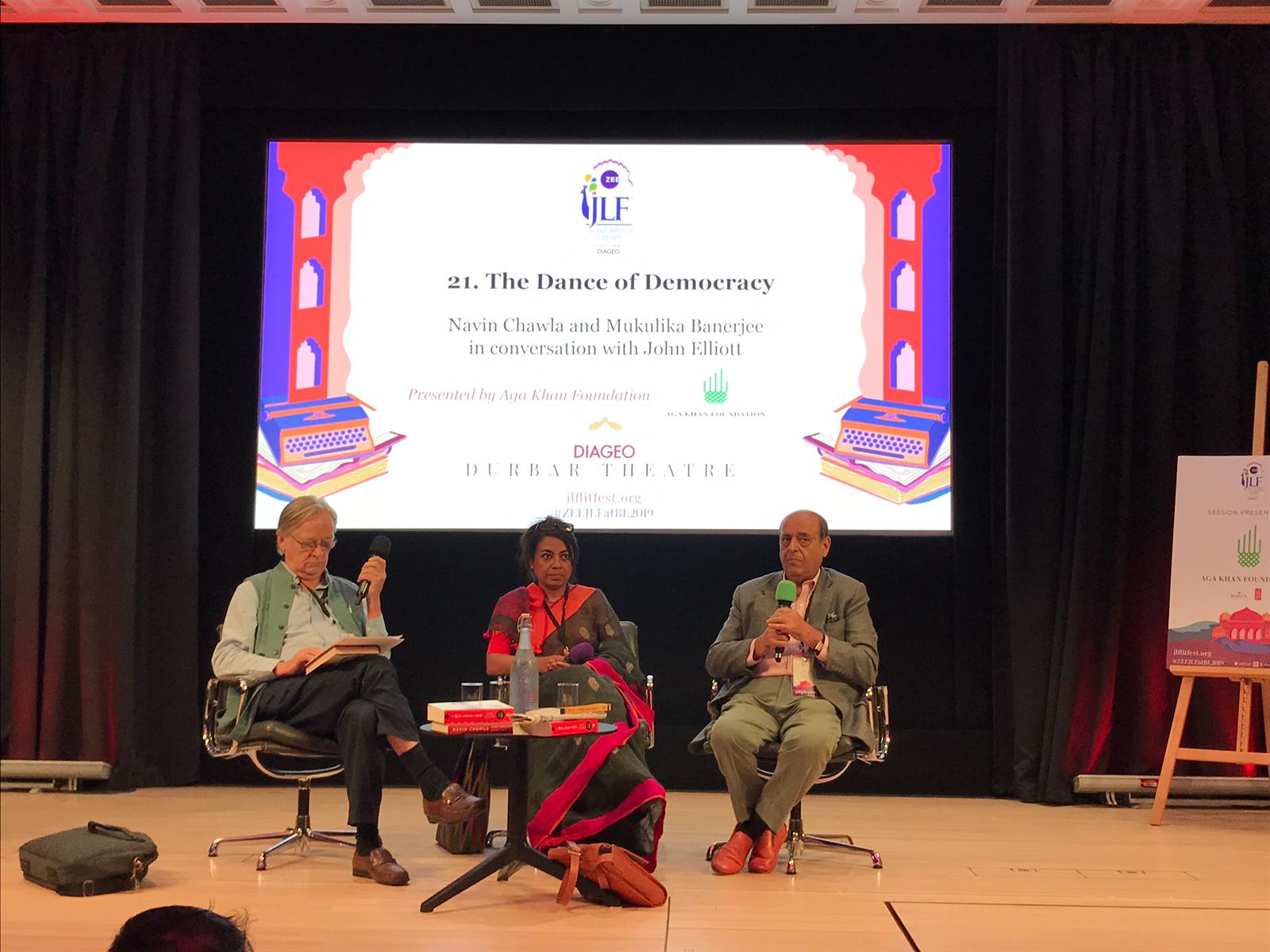


From Hieroglyphs to Emojis David Levy, Irving Finkel and Michael Erdman in conversation with Pragya Tiwari Presented by Bagri Foundation
A passionate deconstruction of the act of writing, its evolution in history and its future in the digital age: this session presented by Bagri Foundation was enlightening! Journalist and editor Pragya Tiwari opened with a reminder to the audience that writing is second nature to the us: so much so that the history of writing is intricately intertwined with the evolution of human race. British philologist, assyriologist and curator Irvin Finkel The Writing in the Stone, remarked that tracing the beginnings of writing asks for an archeological engagement. The need of the hour, hence, is to find as many old and new inscriptions as possible.
Tiwari asked Finkel what the earliest instruments of writing looked like. He commented that early societies have been clay-based societies, where the clay that was in use was of high quality and ideal for taking sharp inscriptions, which, when dried, would last forever. This, compared to the modern, more fragile ways of writing and archiving such as papers and books, was fascinating to Finkel.
The relationship between languages and scripts, observed Finkel, has been “utterly separate”. Scholar of Turkish historiography and one of the curators of the British Library’s exhibition Writing: Making Your Mark Michael Erdman agreed, saying it was unimaginable for many people to think beyond the dominant scripts for any given language. To distinguish one language from another is difficult, since there is a “tightly bound identification, where we see ourselves and where we want to be seen by others”. Writing and language are markers of identification, so people find it difficult to separate a particular script from writing and language. Language has a role in nation building and attaining a sense of belonging, as much as for individuals. Nations, as "imagined communities", become a space where languages have helped to issue orders, communication, manage means of production, and so on.
Do religion and writing have a correlation, Tiwari wondered? Erdman responded by saying that the relationship is not as simple and straightforward as it seems. While religion has “motivated beautiful writing”, where people have created objects with incredible calligraphy, many religions do not rely on writing exclusively.
The discussion moved on to academic, technicolourist and author of Mindful Tech: How to Bring Balance to our Digital Lives, David Levy, who, in his own words, was “here to play the future!” Yet his discussion largely explored the organic relationship between the past and the present forms of writing: from hieroglyphs to emojis. Levy made an intriguing observation: “Digital libraries and digital material offers yet another kind of clay that has been created; the same work has to be done: modes and genres of writing are to be discovered and see how do they relate.” However, he added his concern: “We are at a very dangerous moment, the clay has not yet been formed”, indicating that the digital world, given its improbabilities and tentativeness, is raw, and can be manipulated to both good and bad outputs.
Tiwari expressed yet another concern: given the popularity of emojis, are we headed to an image based society? Levy observed that while emojis are “a wonderful explosion of creativity” and offer nuance, it is not possible for images to take the place of an independent system of language. Finkel, agreed with Levy, saying that people are lazy and robotic in using emojis, instead suggesting that the richness and subtle distinctions of language get dissolved in the modern, direct, image-based manifestations of script and language.
Is writing still useful? Tiwari’s final question invited a promising and passionate response from Finkel. He believes that writing can eliminate the arrogance that according to him is central to the human race, and helps in keeping it grounded to its roots and reality. Writing is one of the achievement of human race which should be celebrated.

Leave a comment